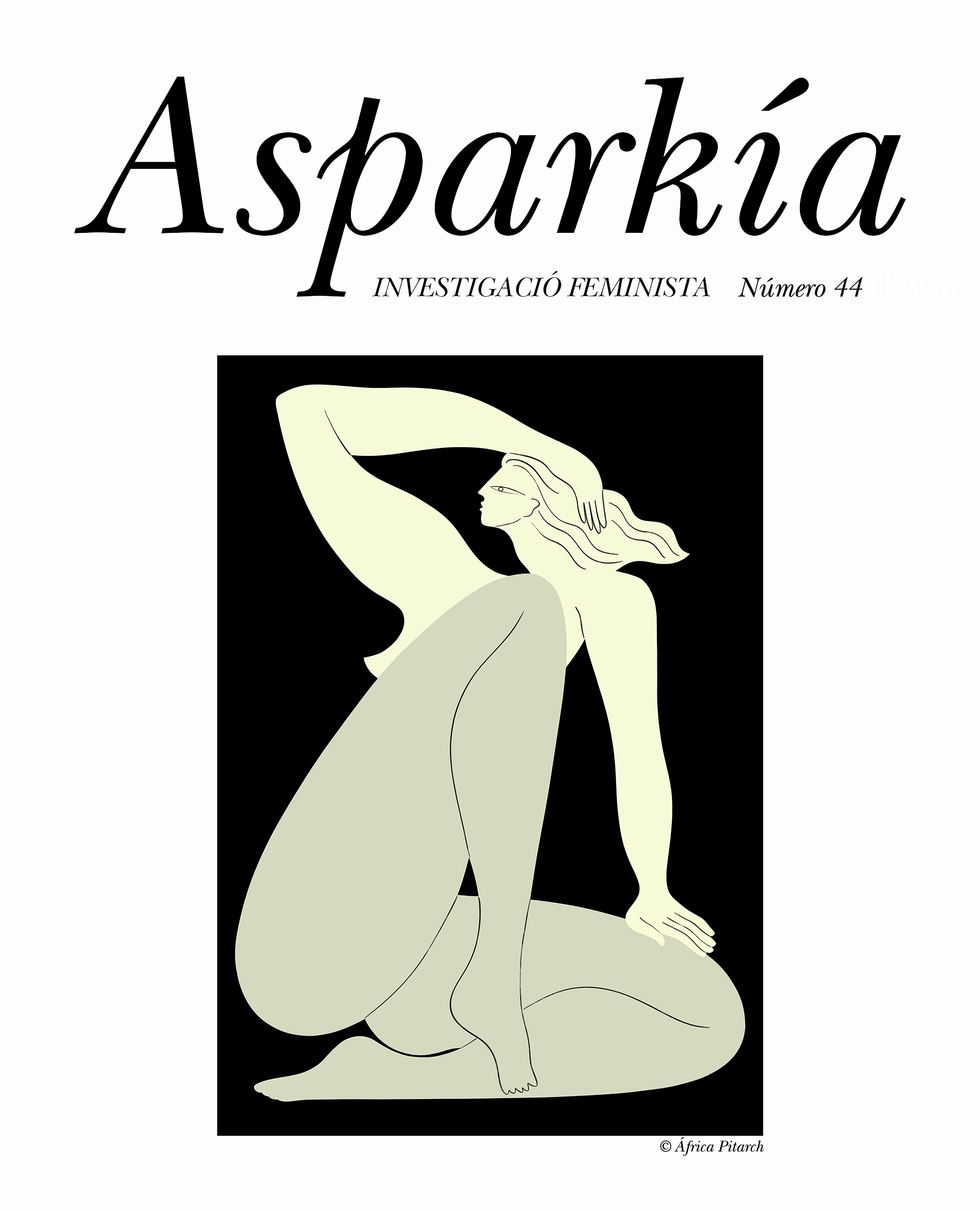Cuplé and Danger. Antifeminism Against Women Artists in the Modern City
Main Article Content
Abstract
The women artists’ life trajectories of the Spanish urban nightlife were the main target of the antifeminism’s discursive attacks during the transitional period from 19th to 20th century. In this paper, we propose a reading of the modern city as the transformation space that enabled the emergence of a mass society, an event that would redefine culture, as well as relations between the sexes. Women who were cupletistas and flamencas inhabited nightlife venues with an imposing presence, appropriating them; but, at the same time, those who, in the face of the accelerated changes, tried to impose a discourse on legitimate femininity, divided these artists into good and bad women. Consequently, opportunities were limited, preventing their lives and works from crossing liminality towards a feminist emancipatory goal.


